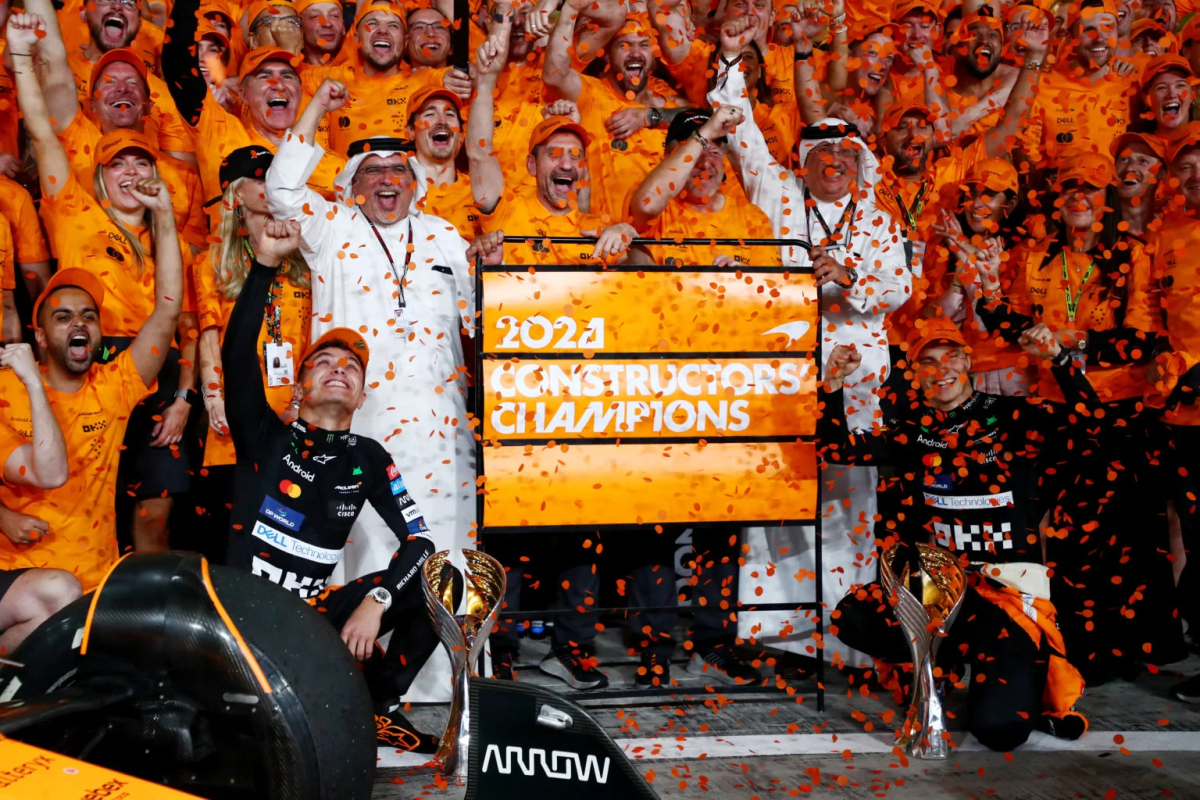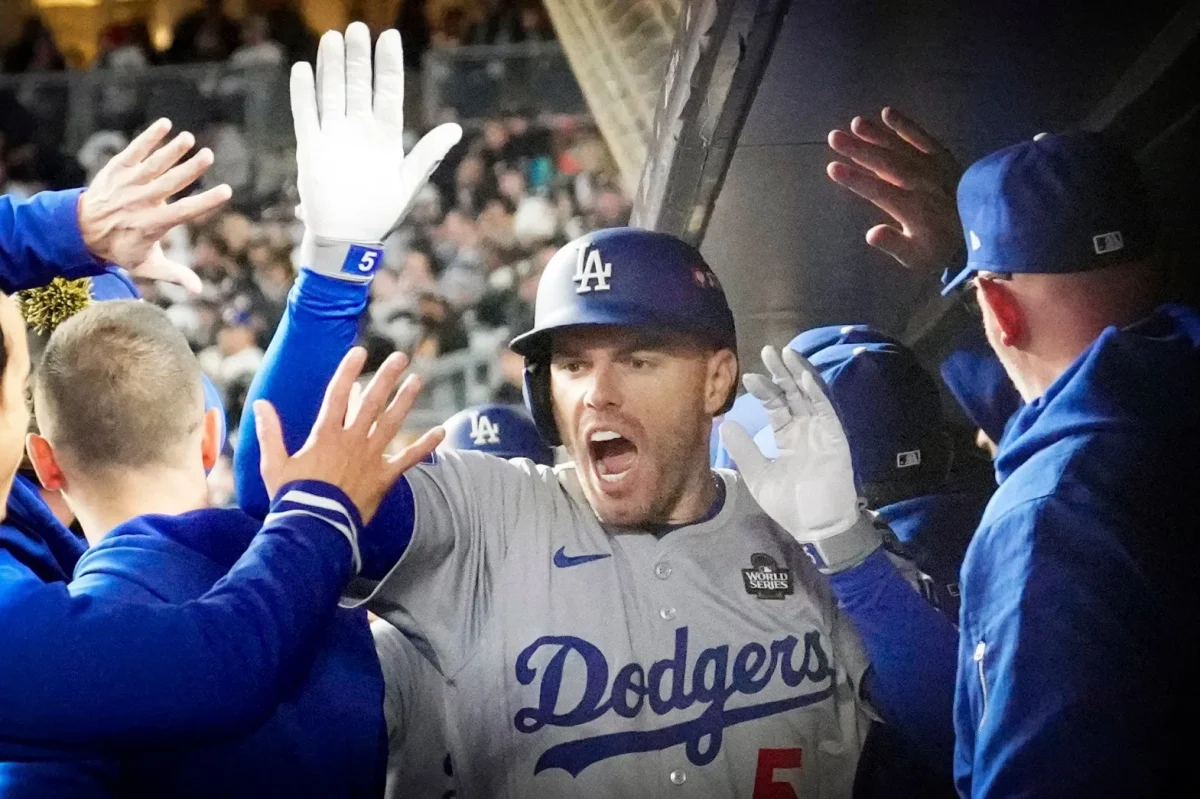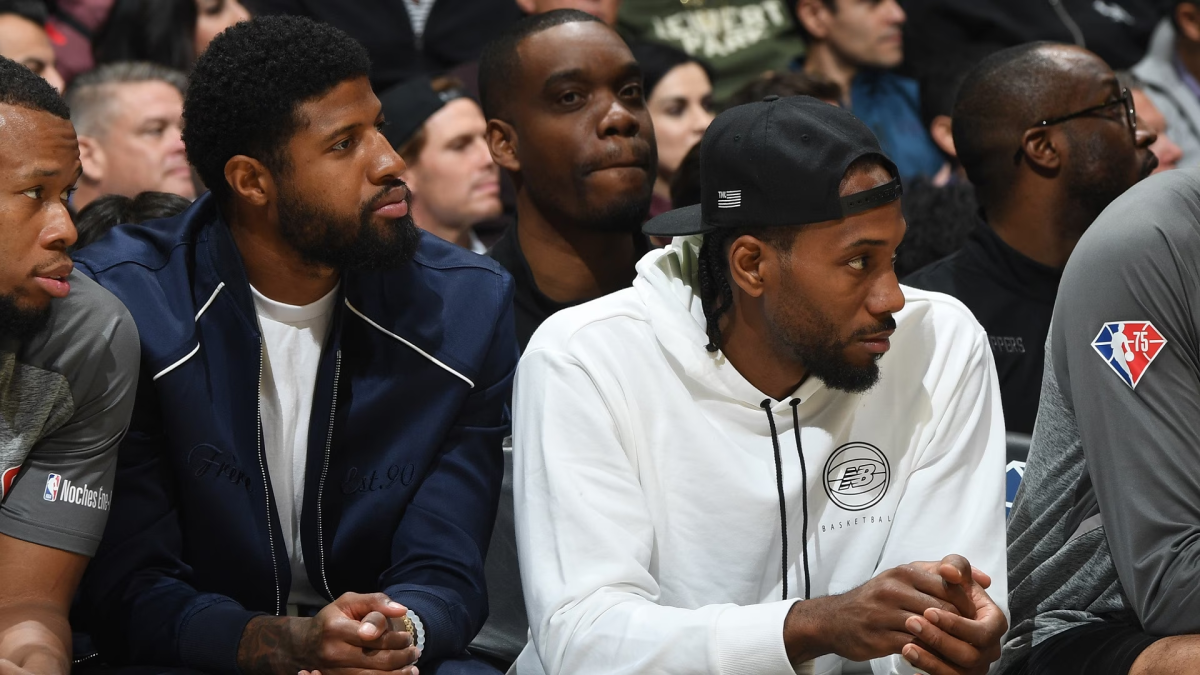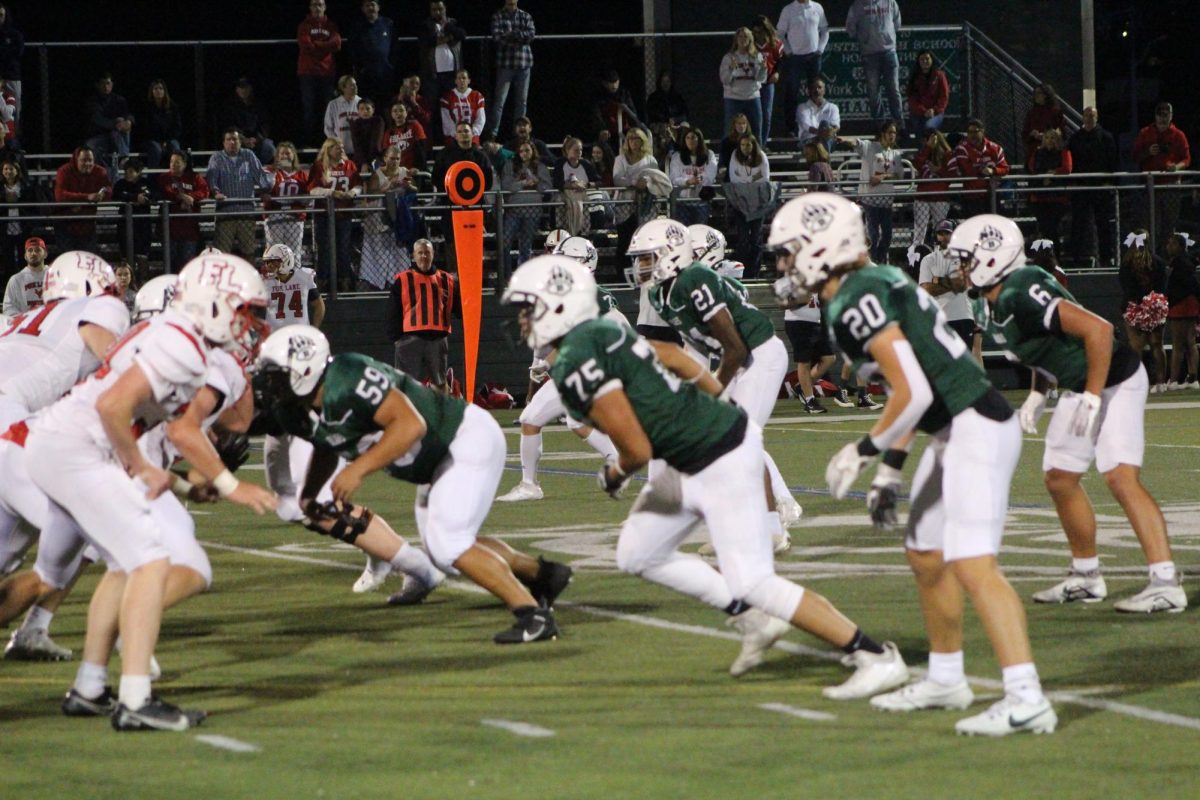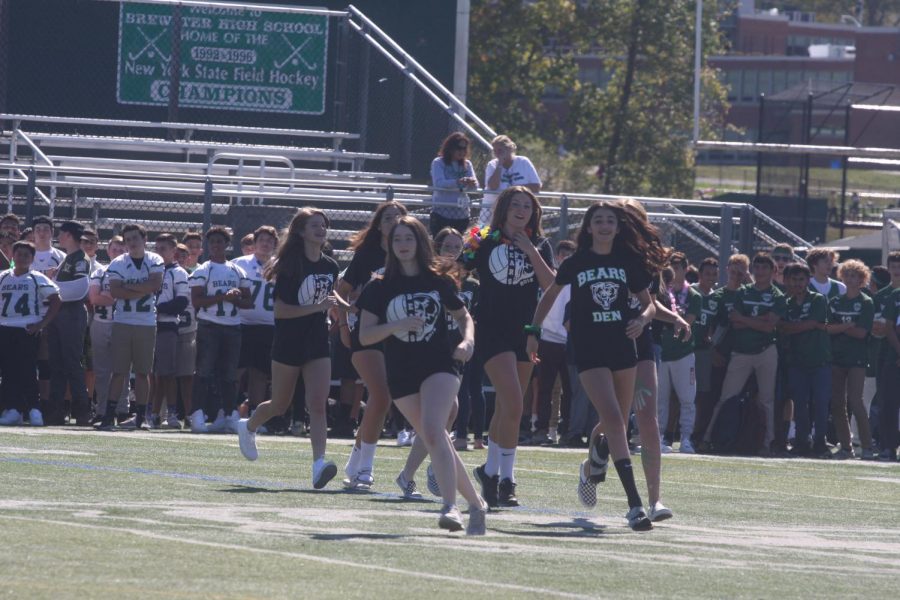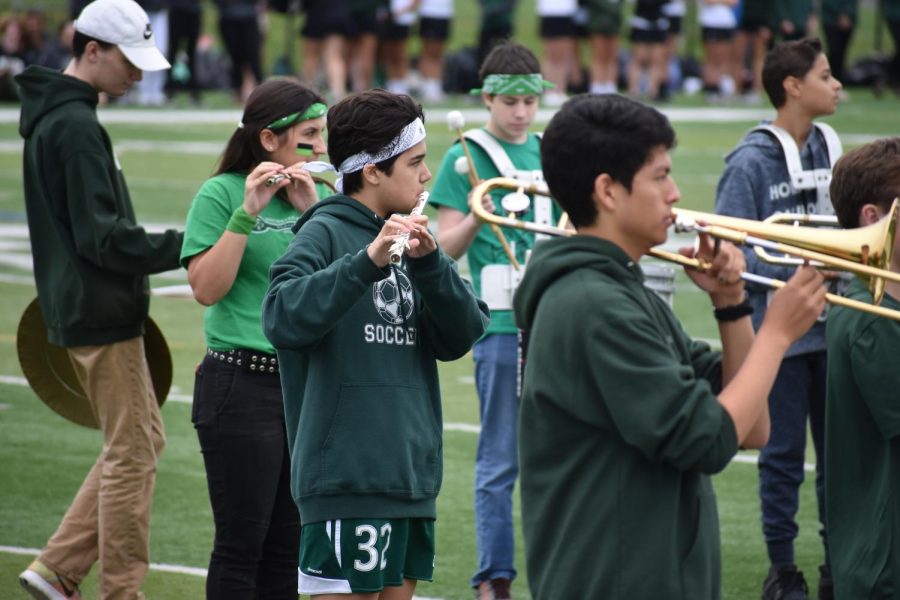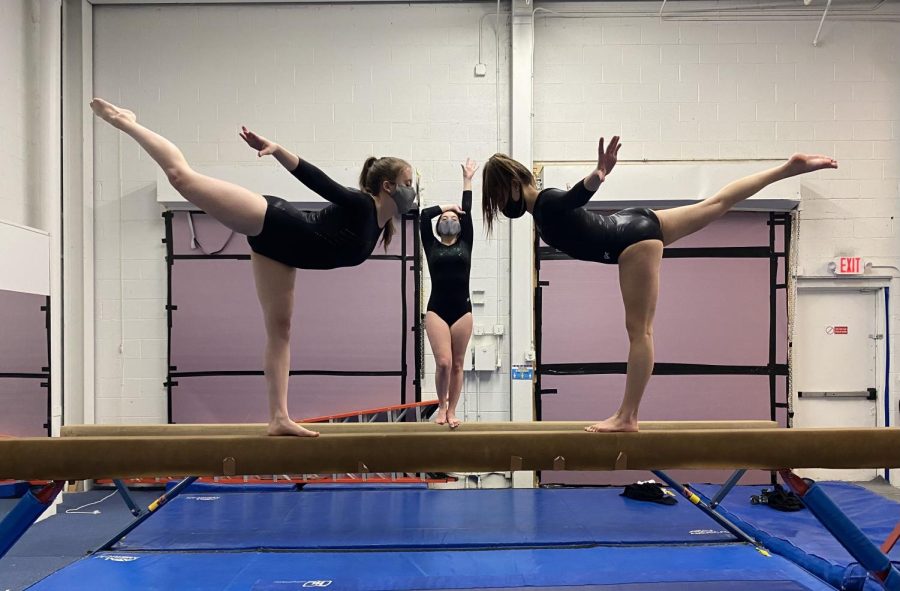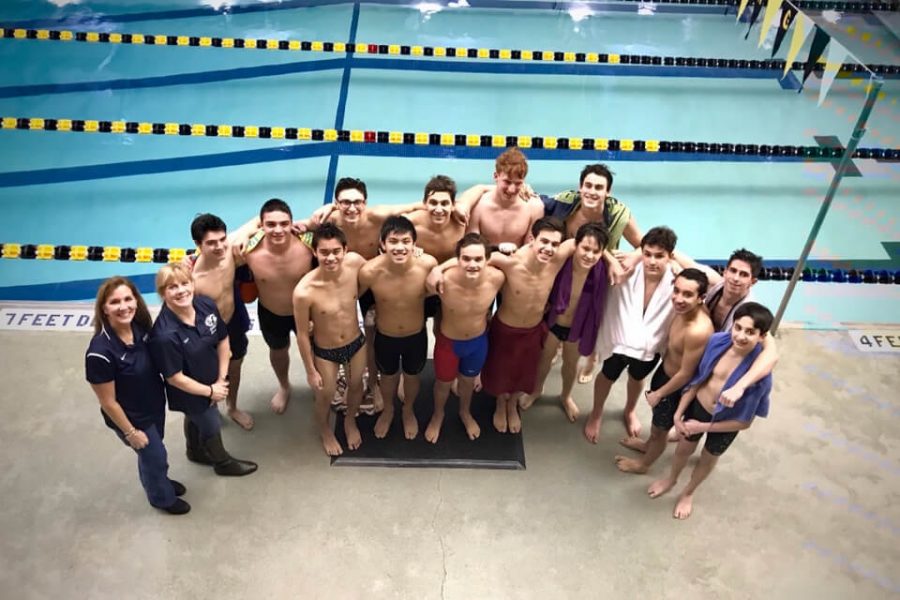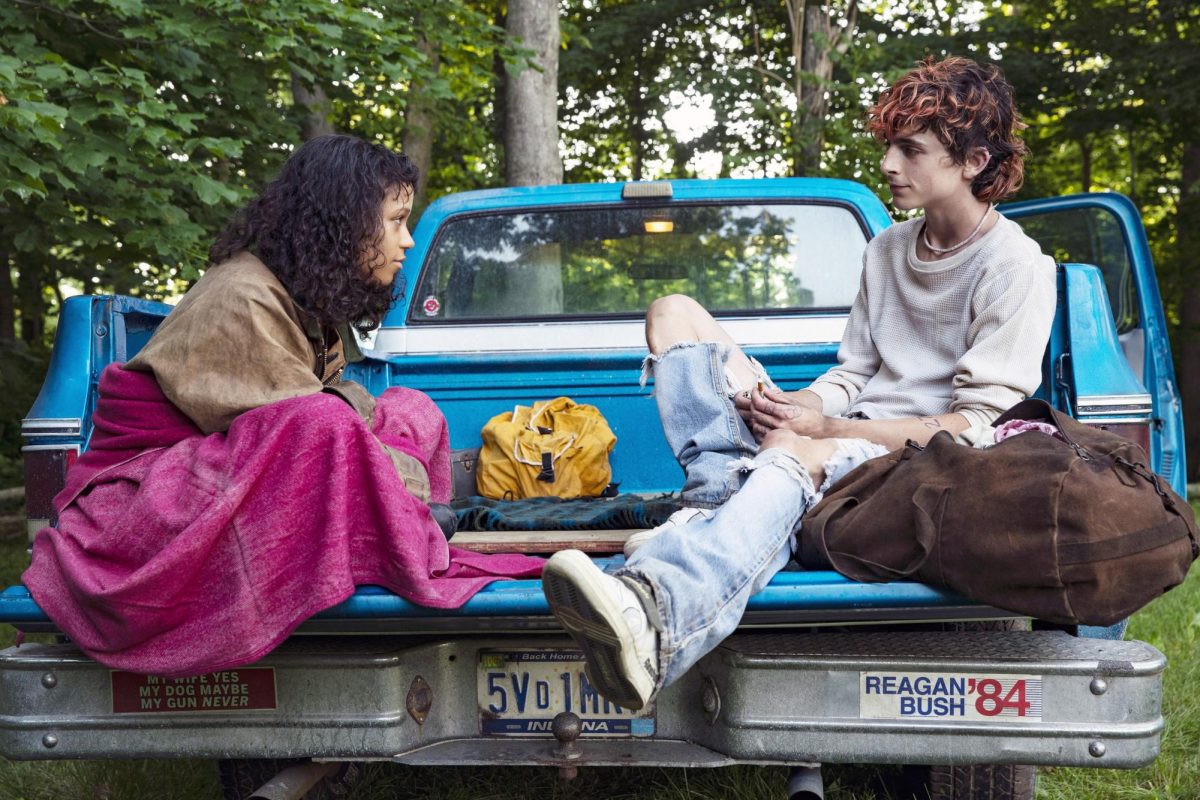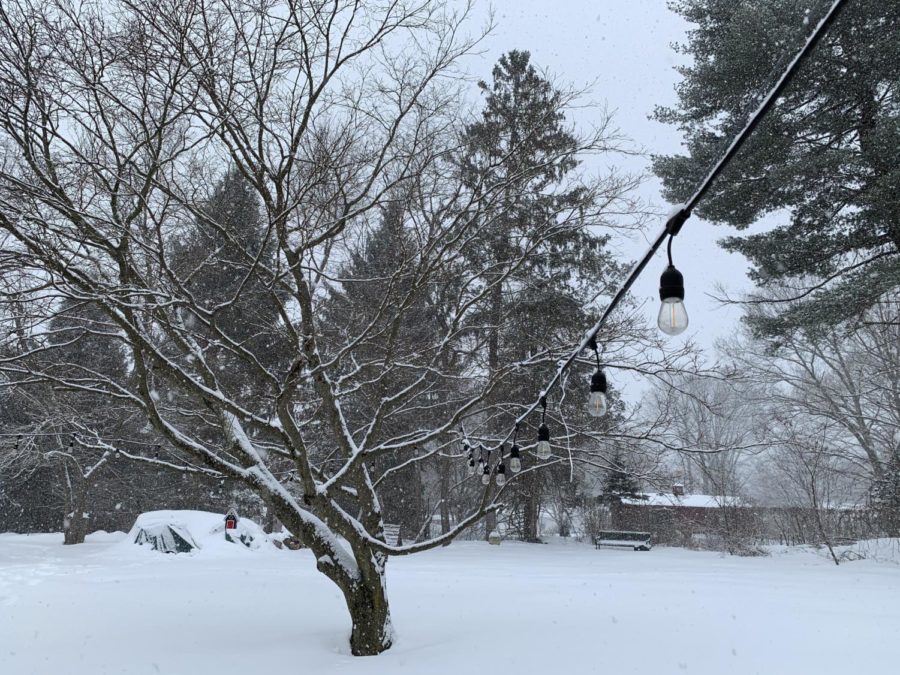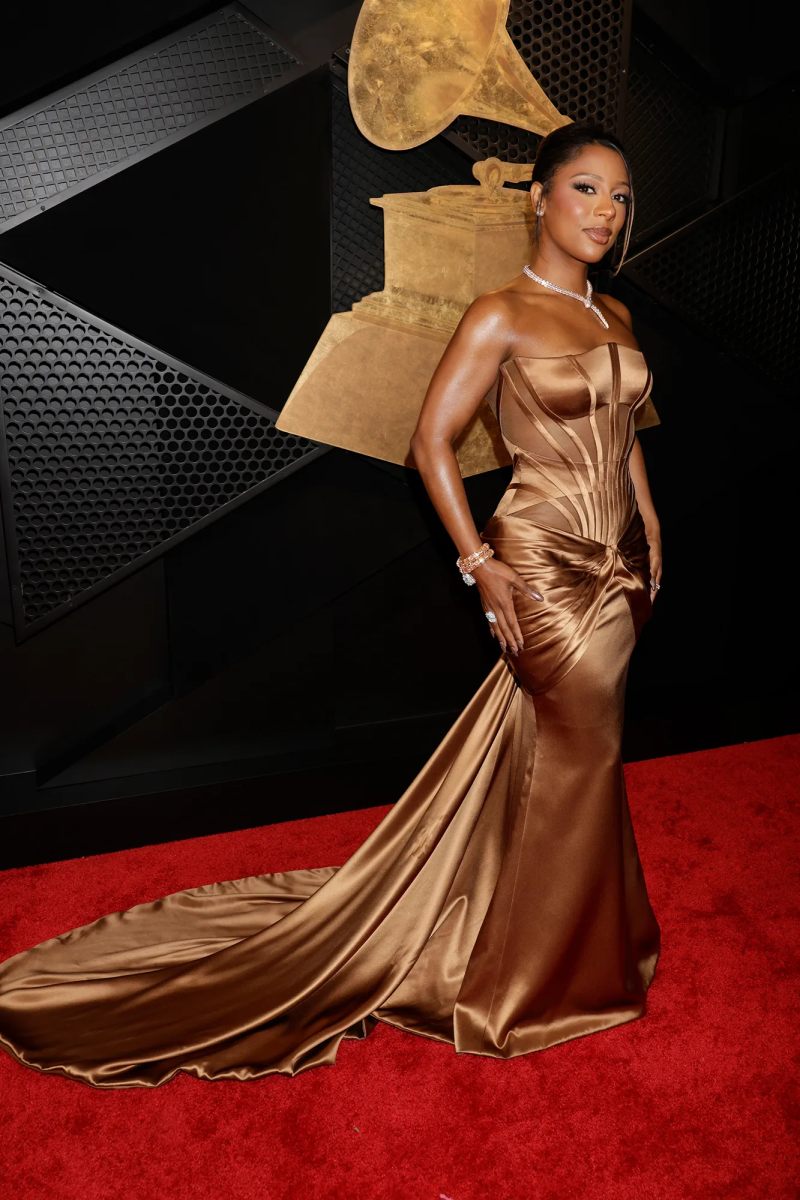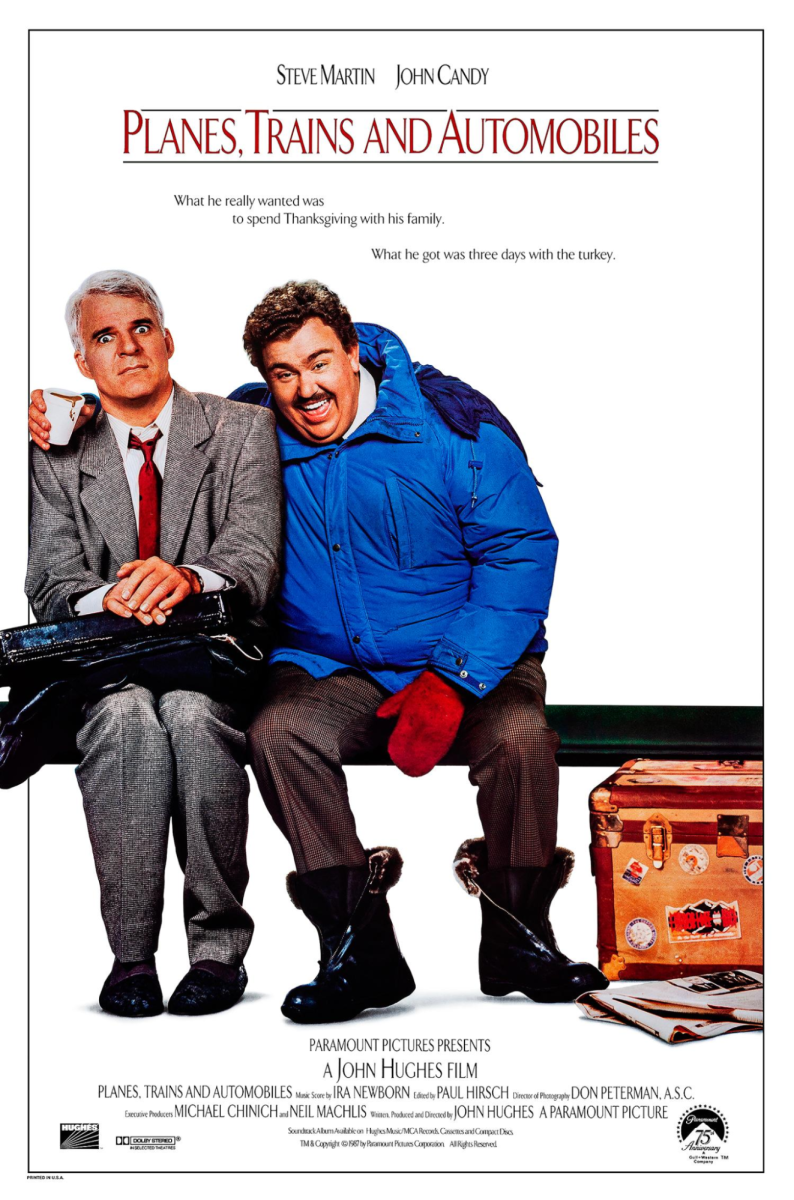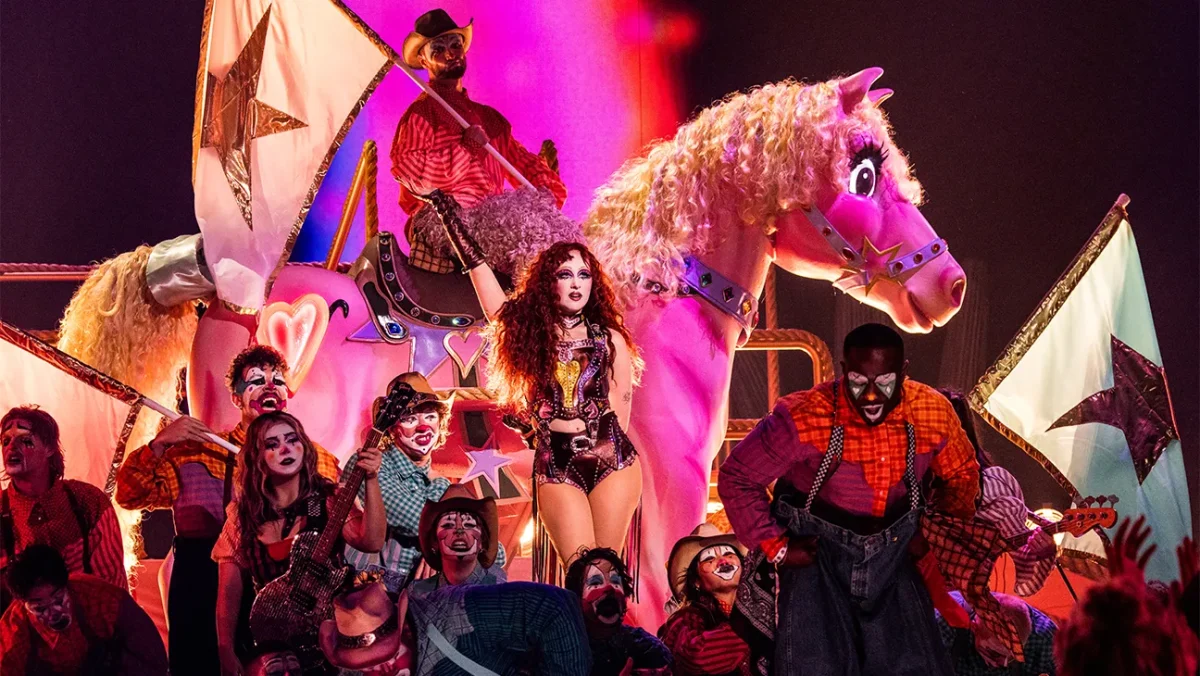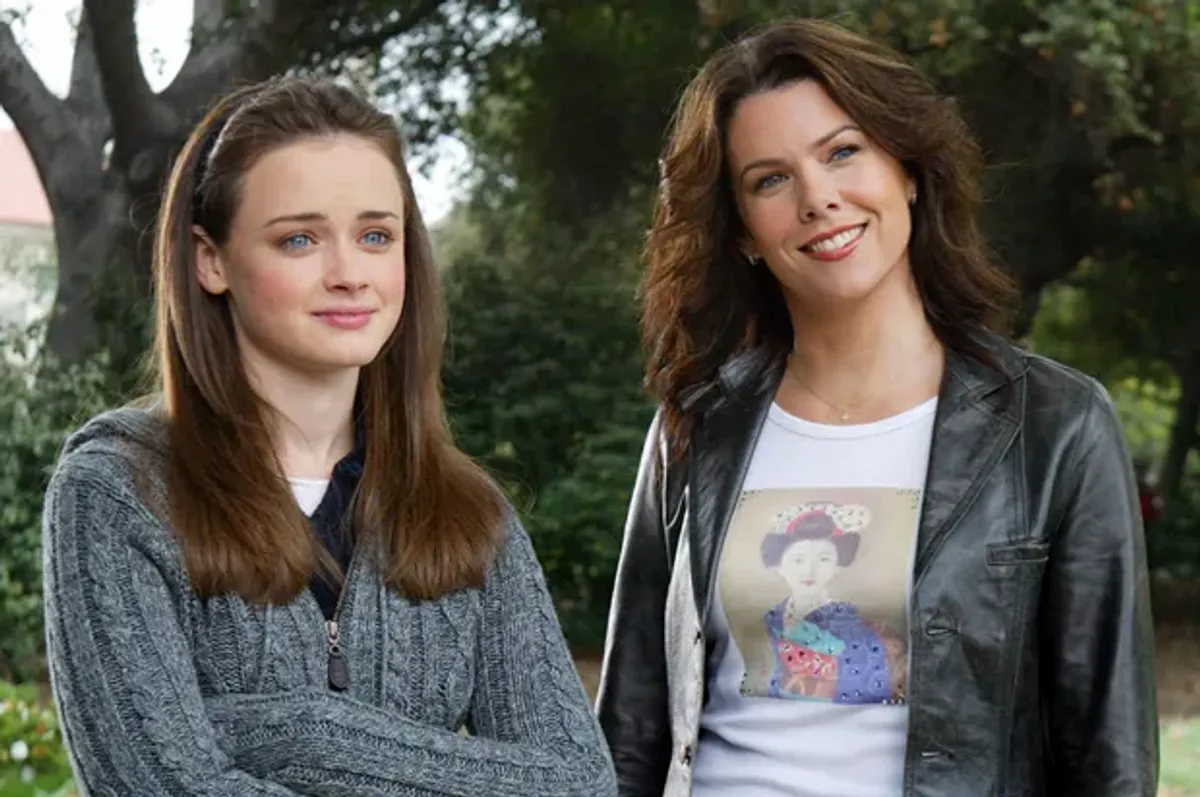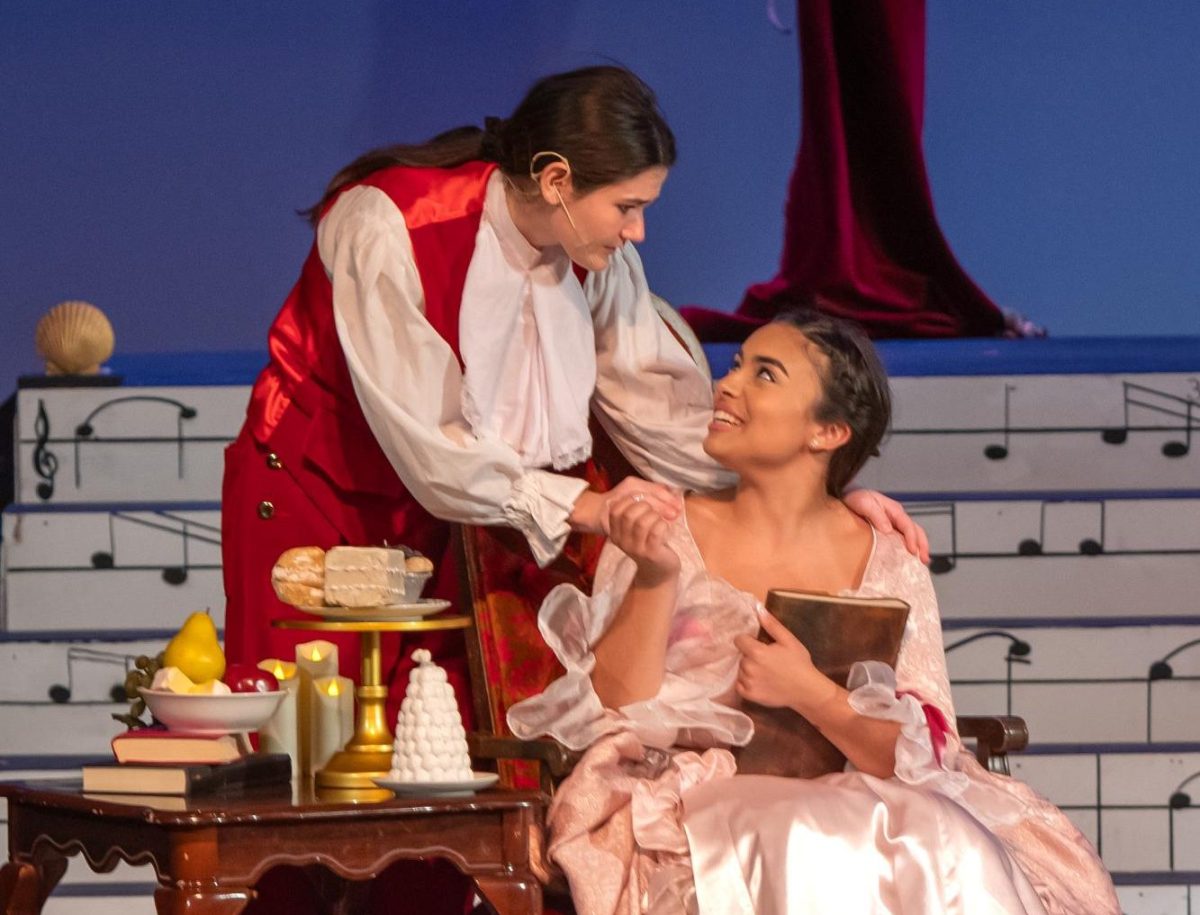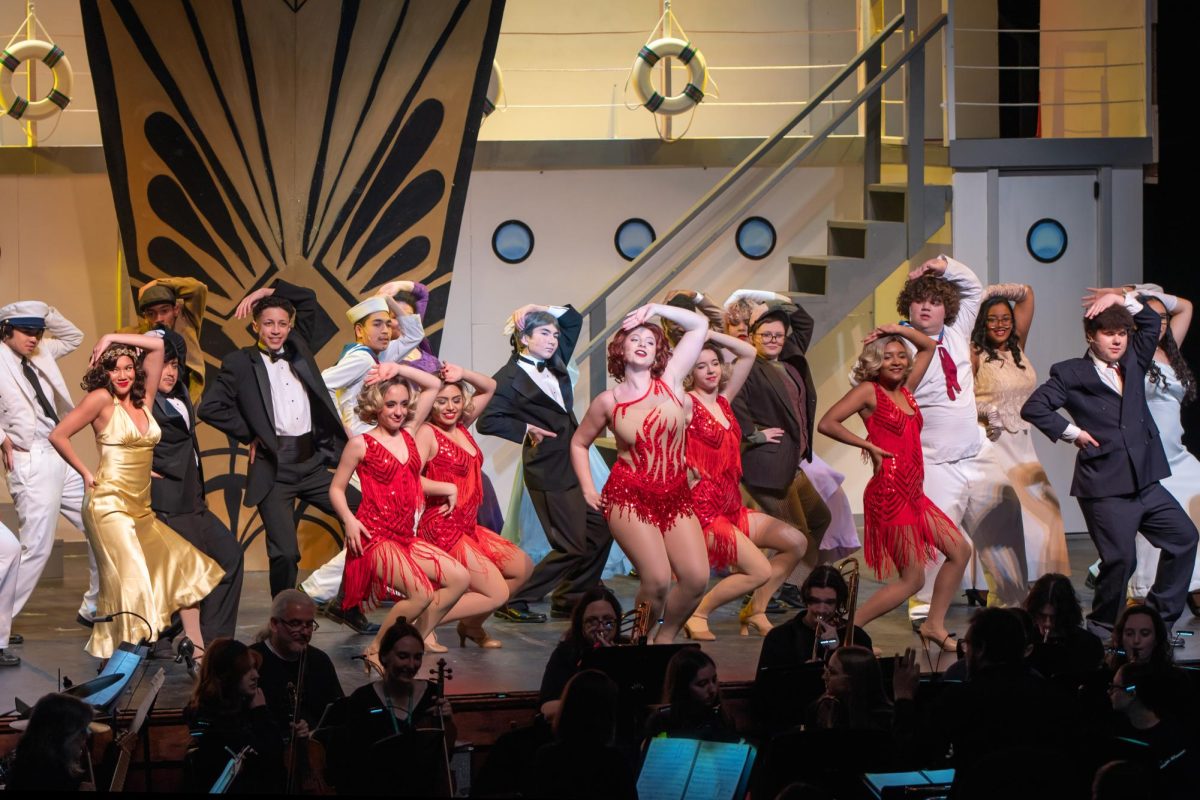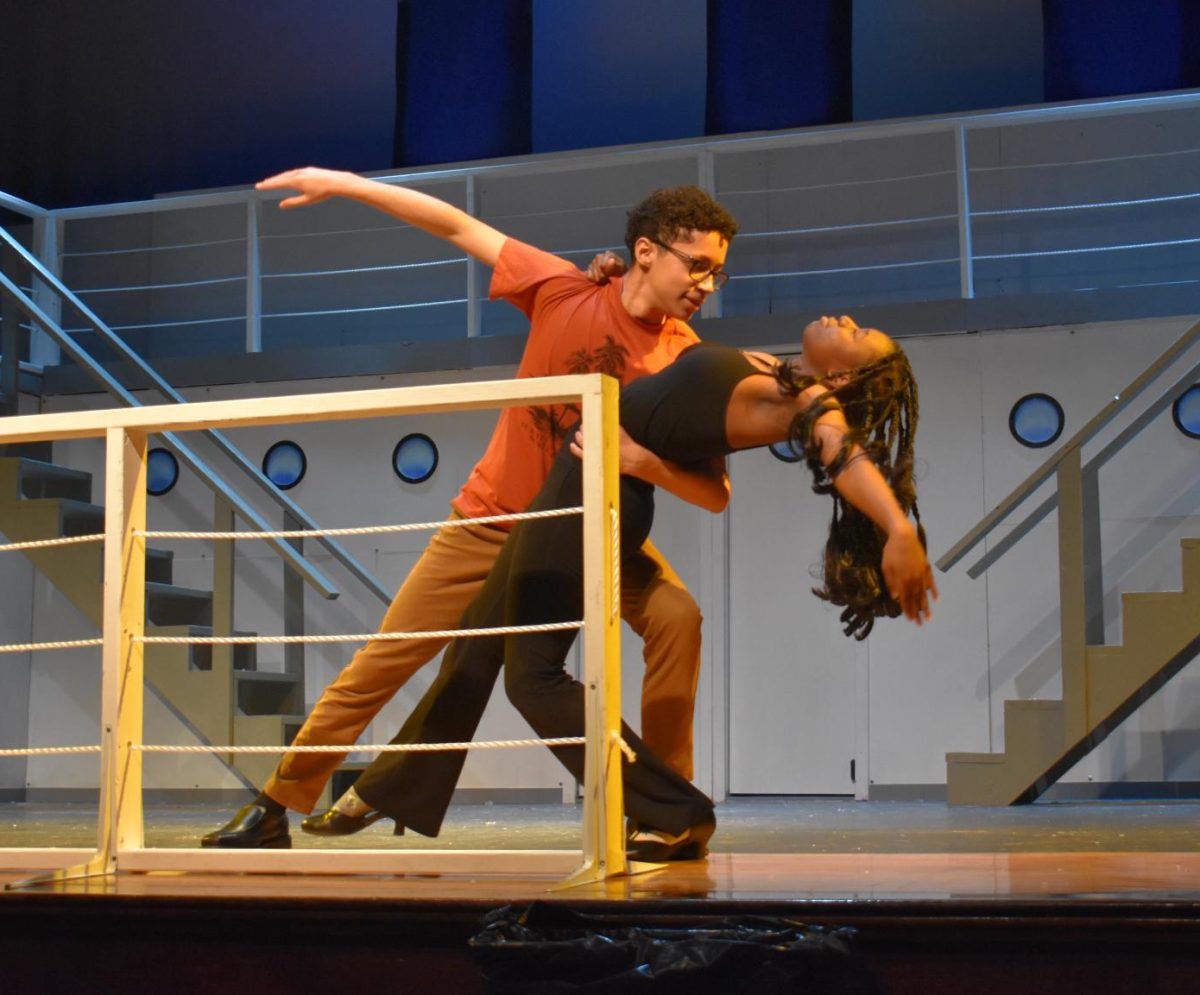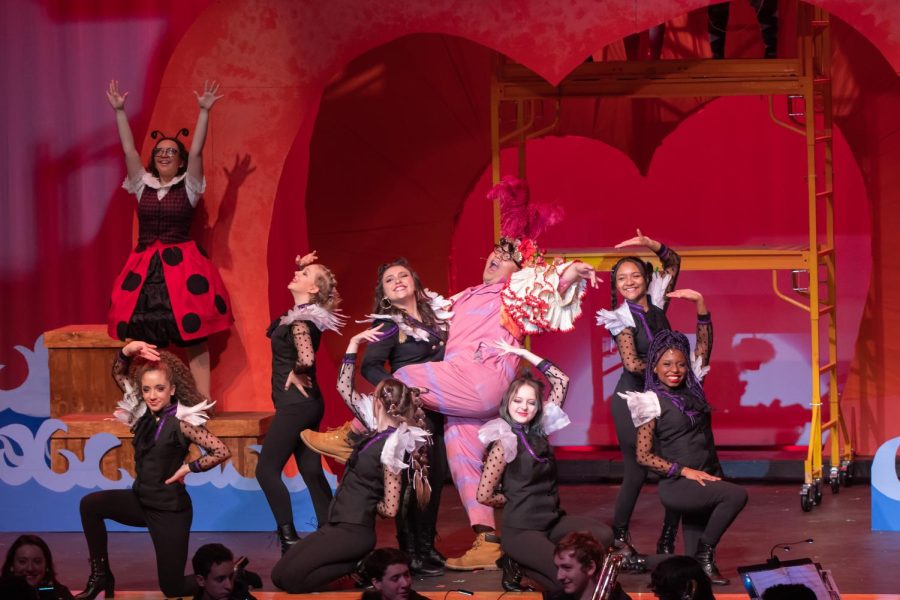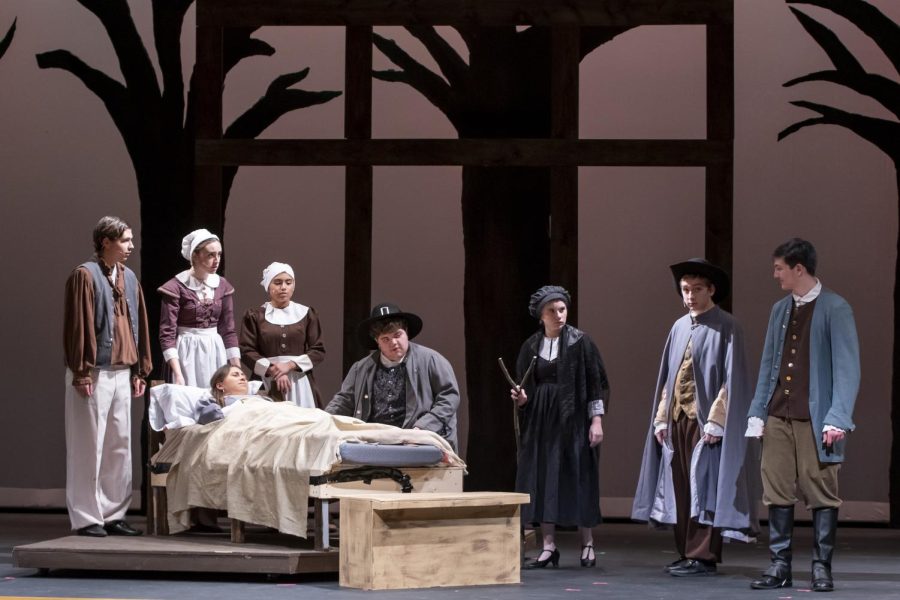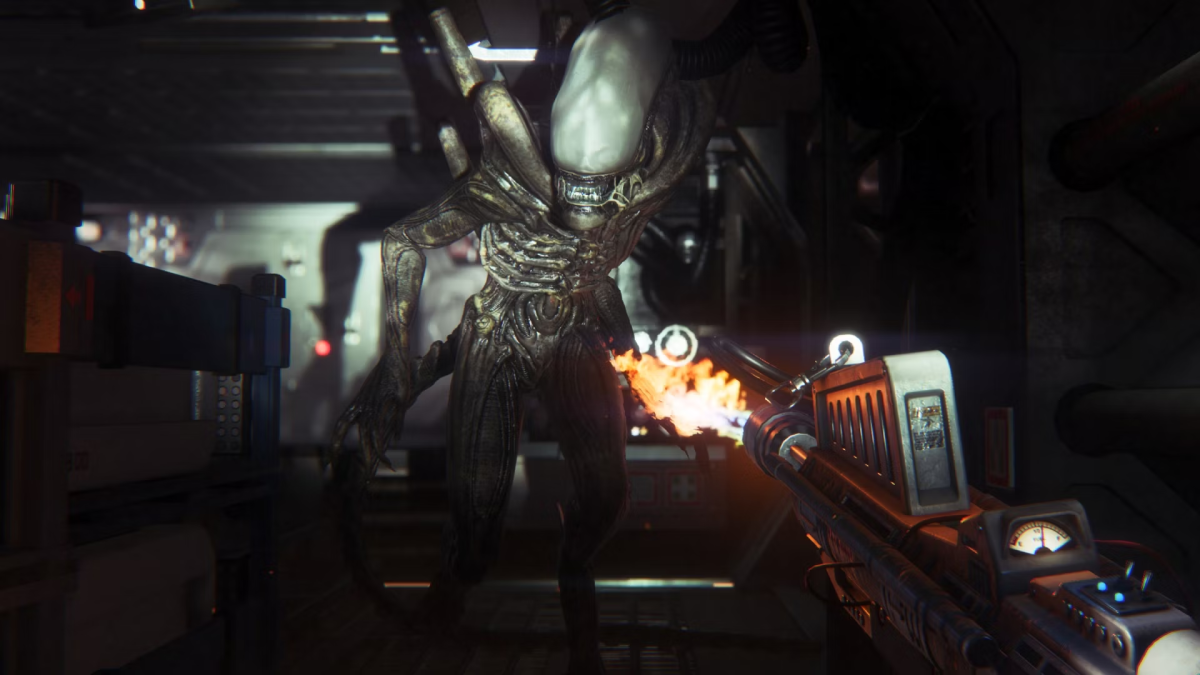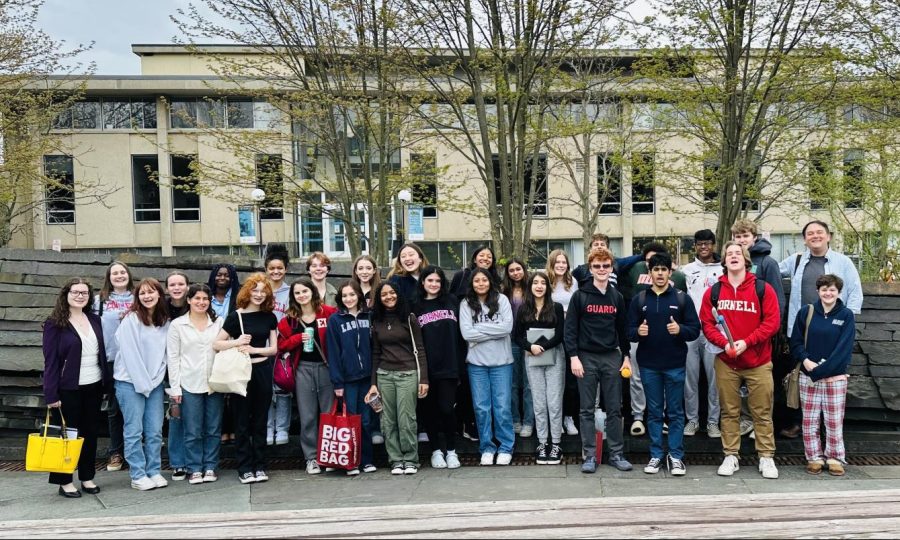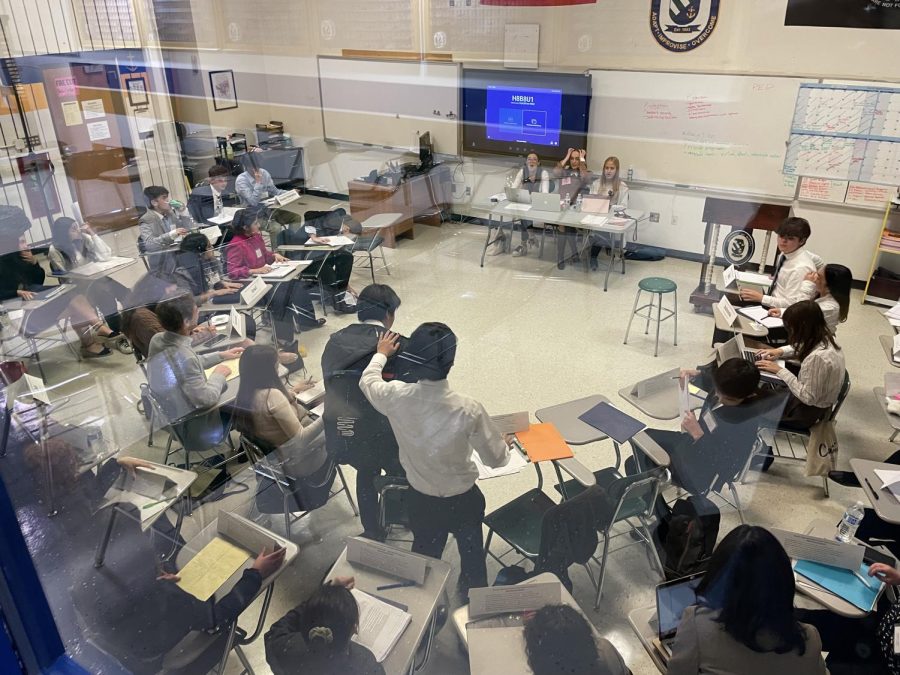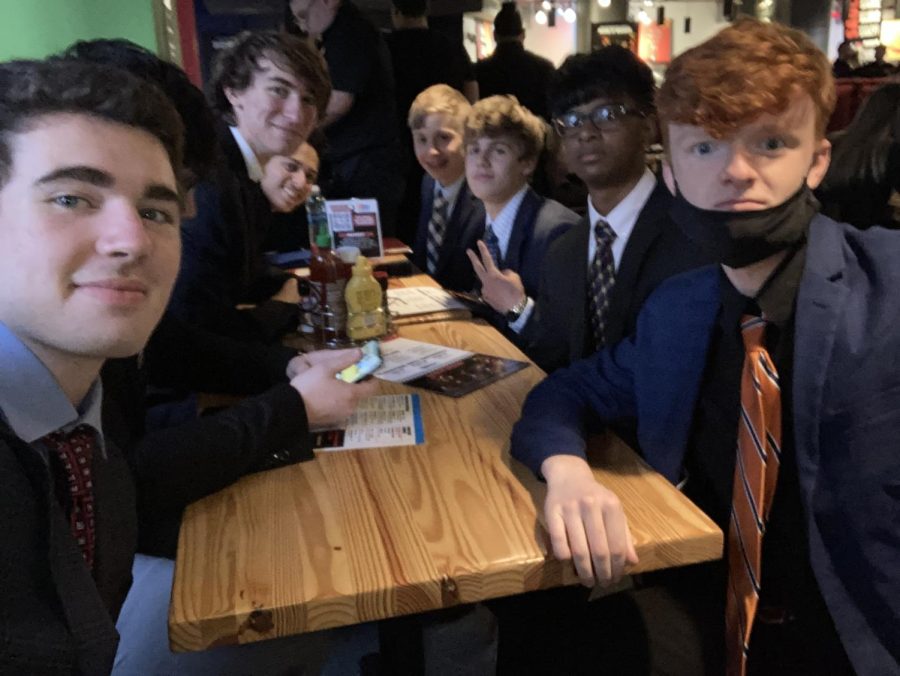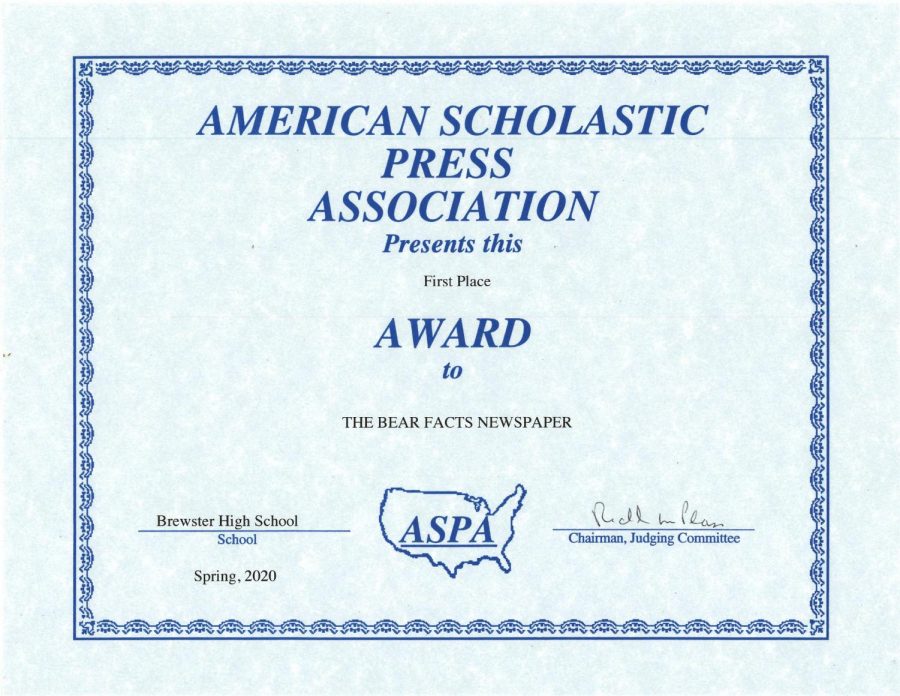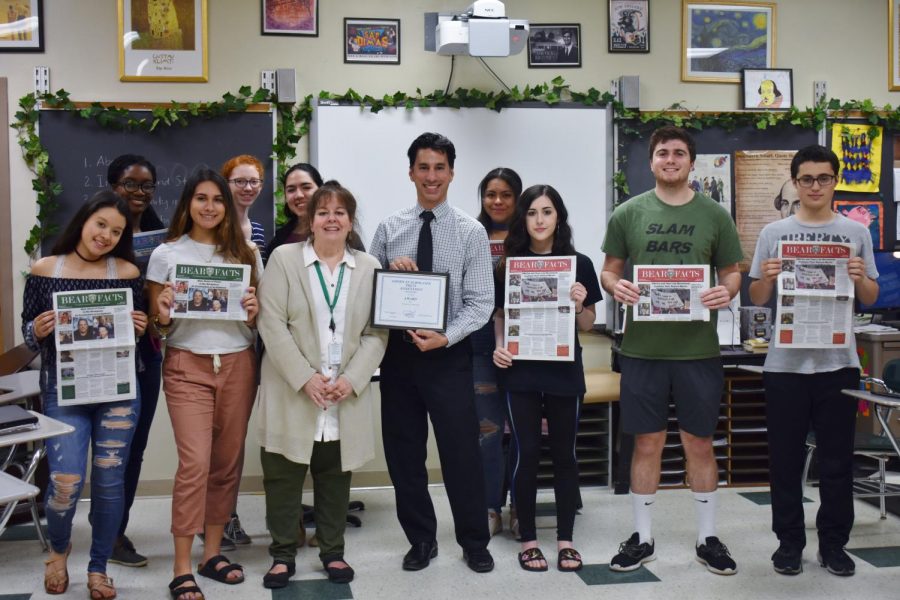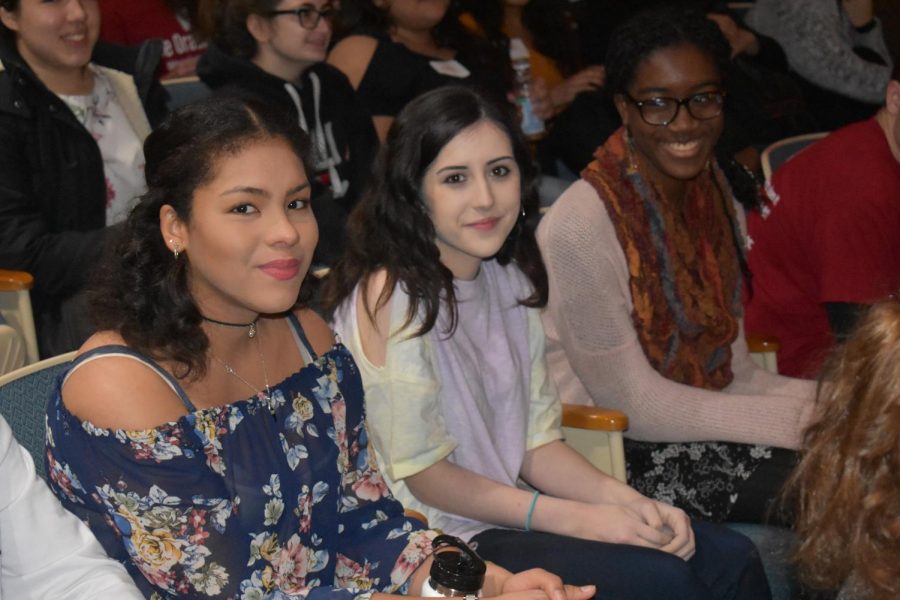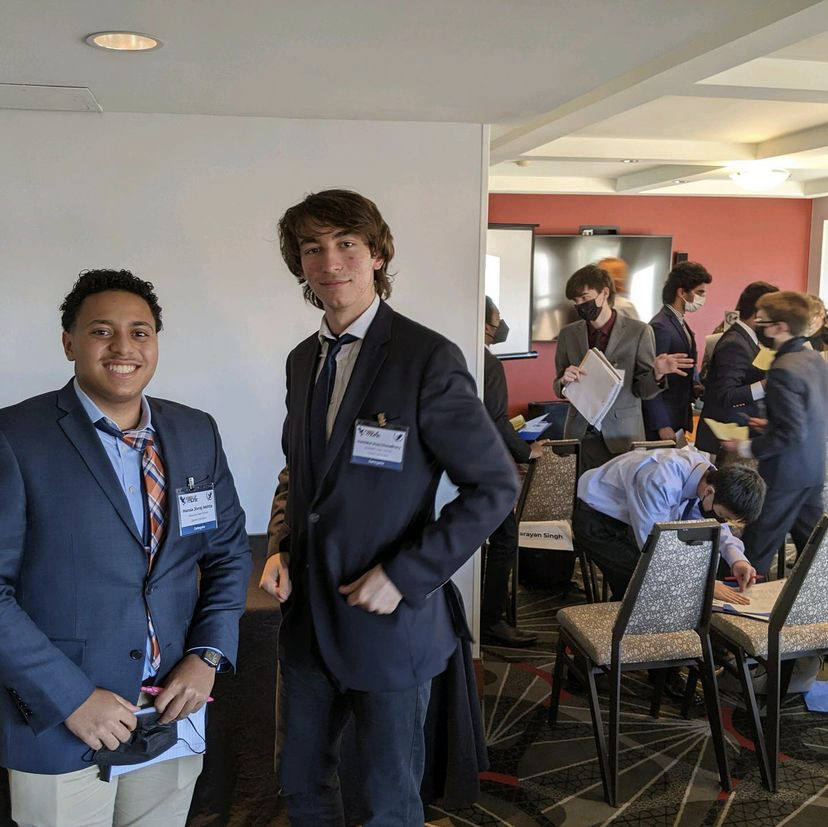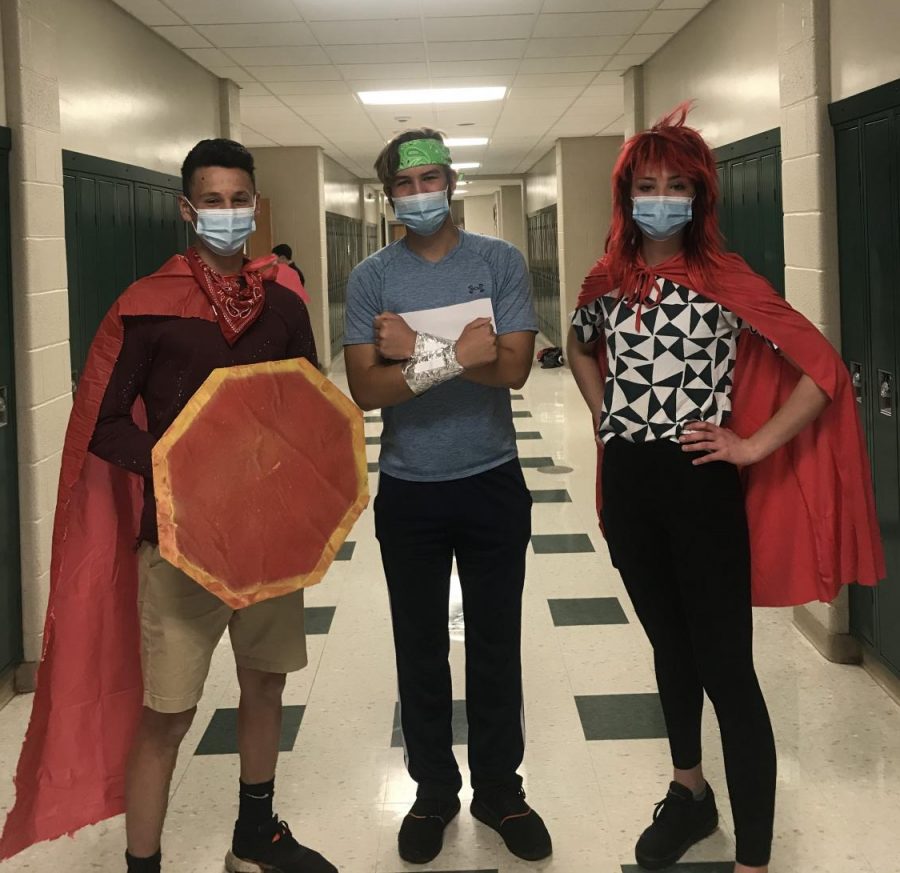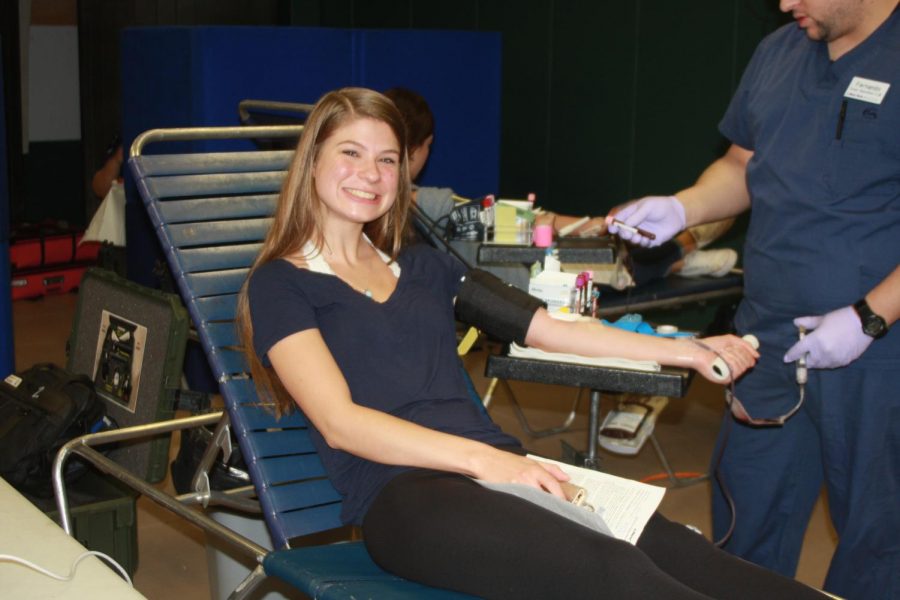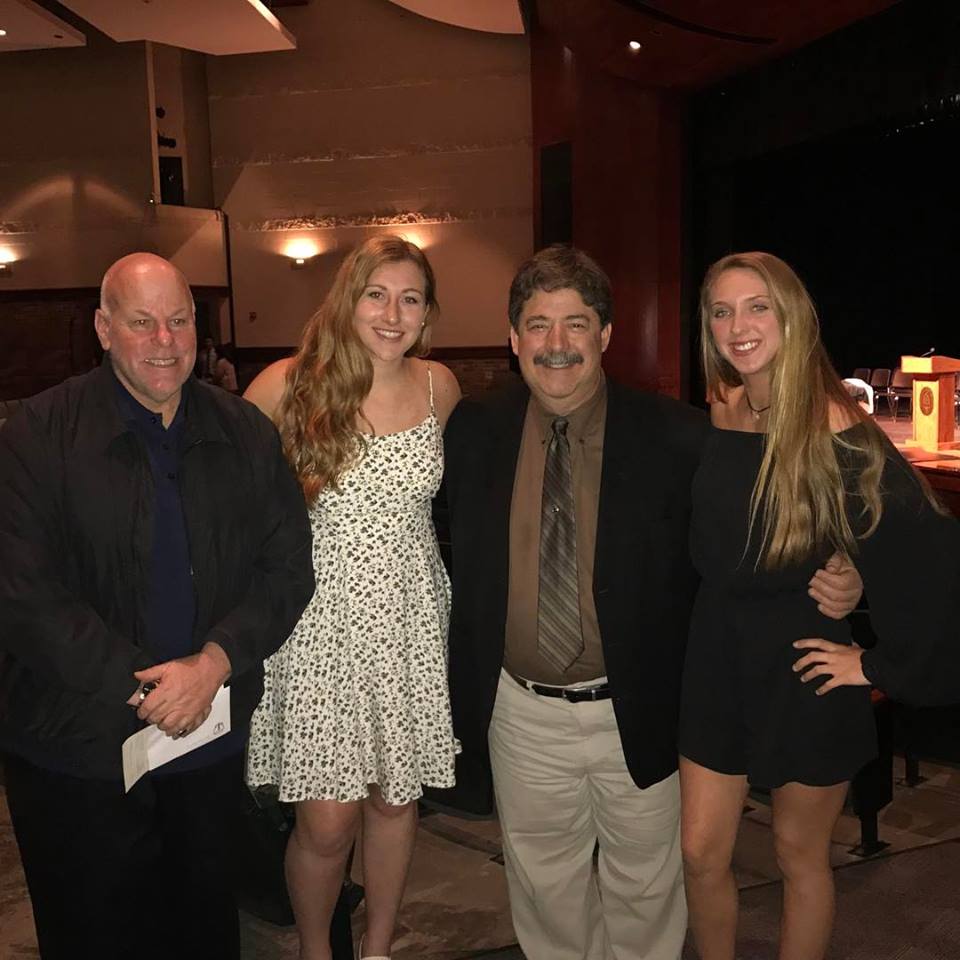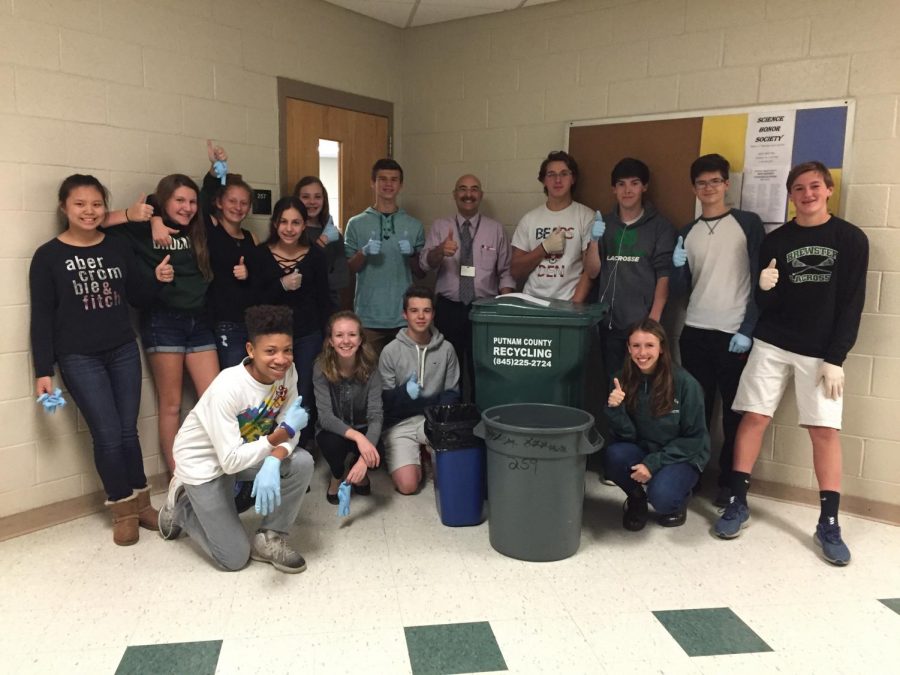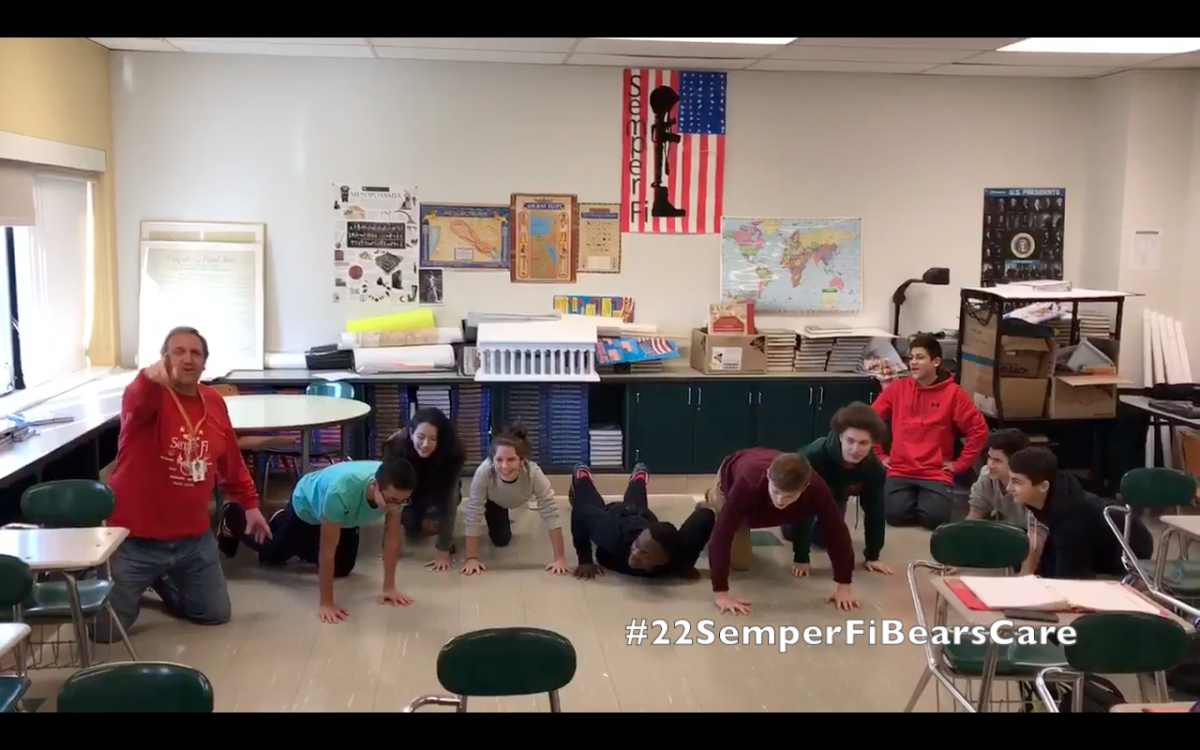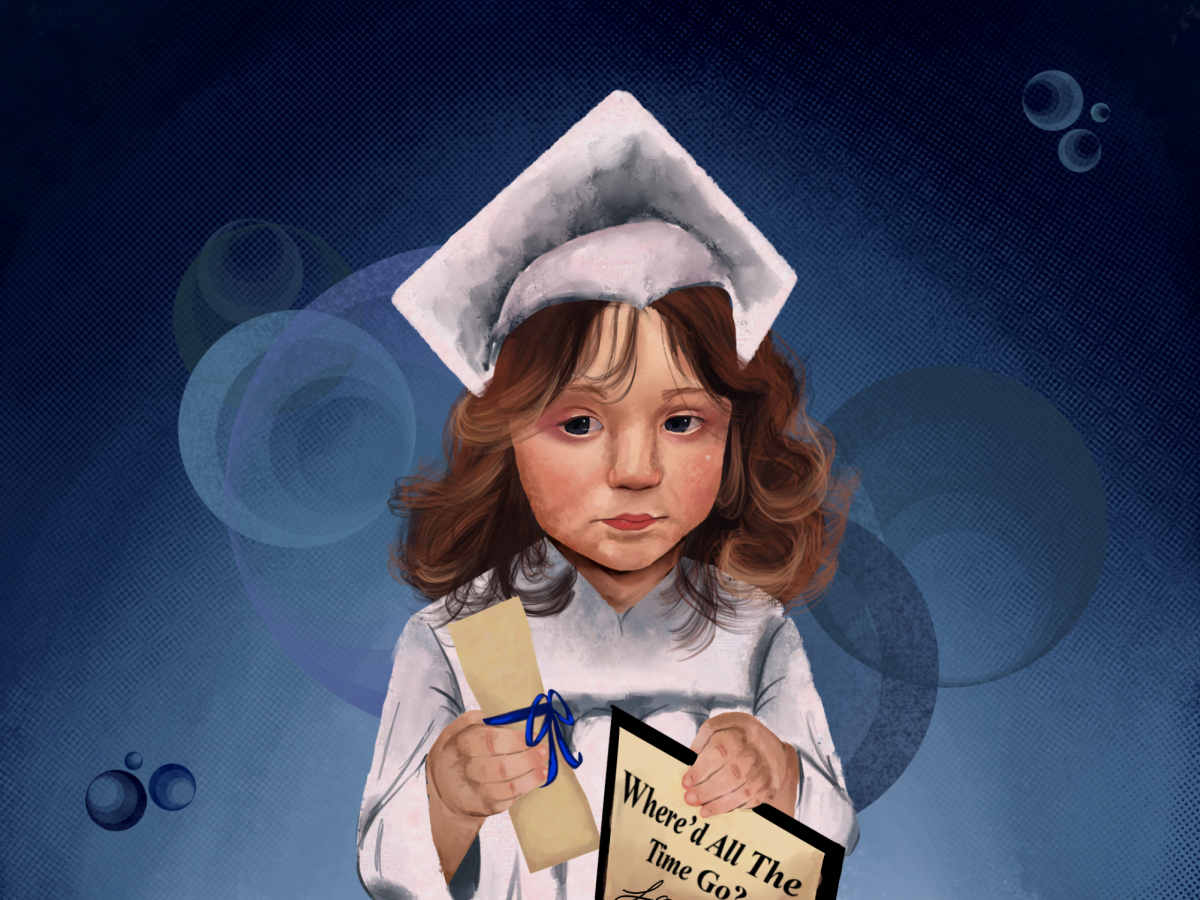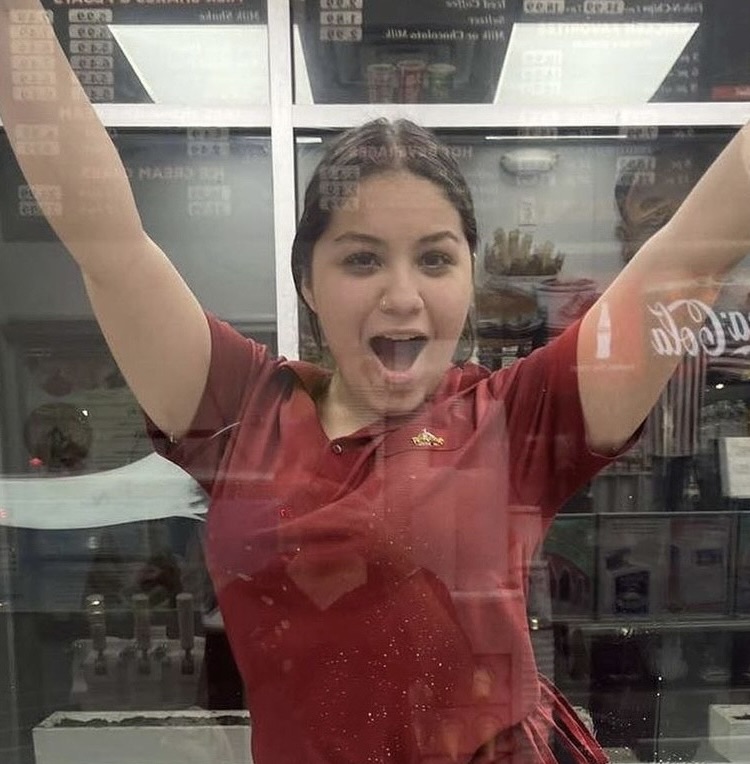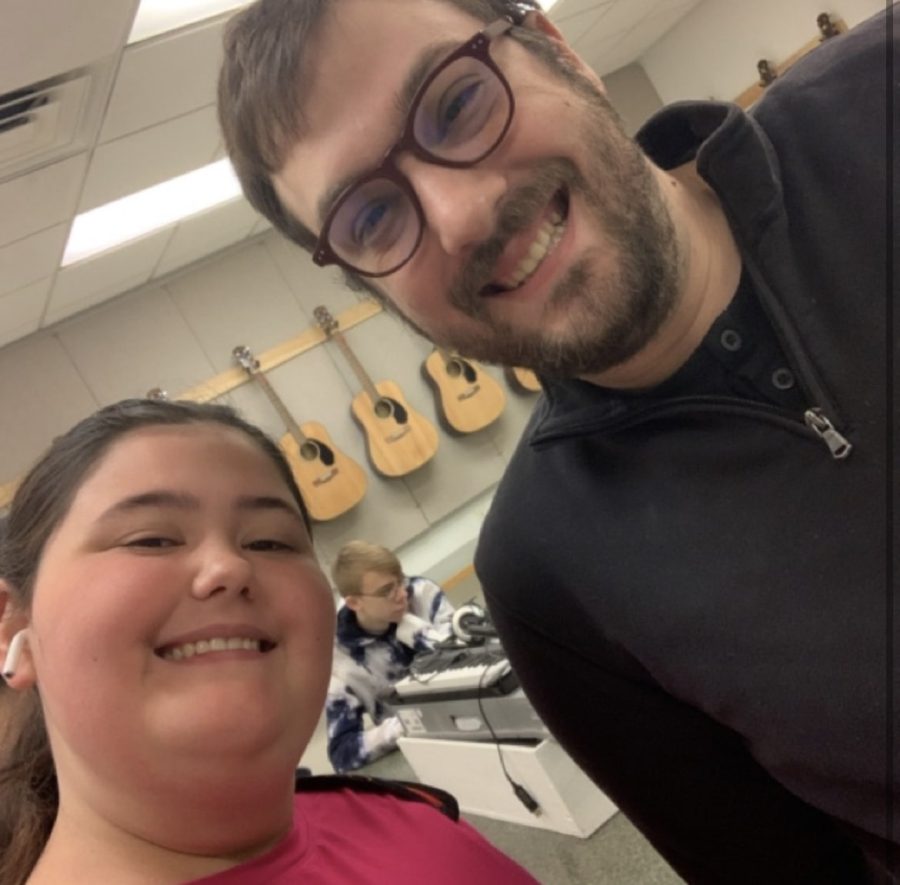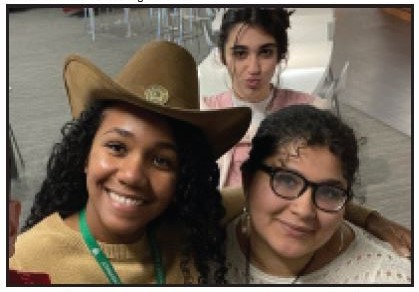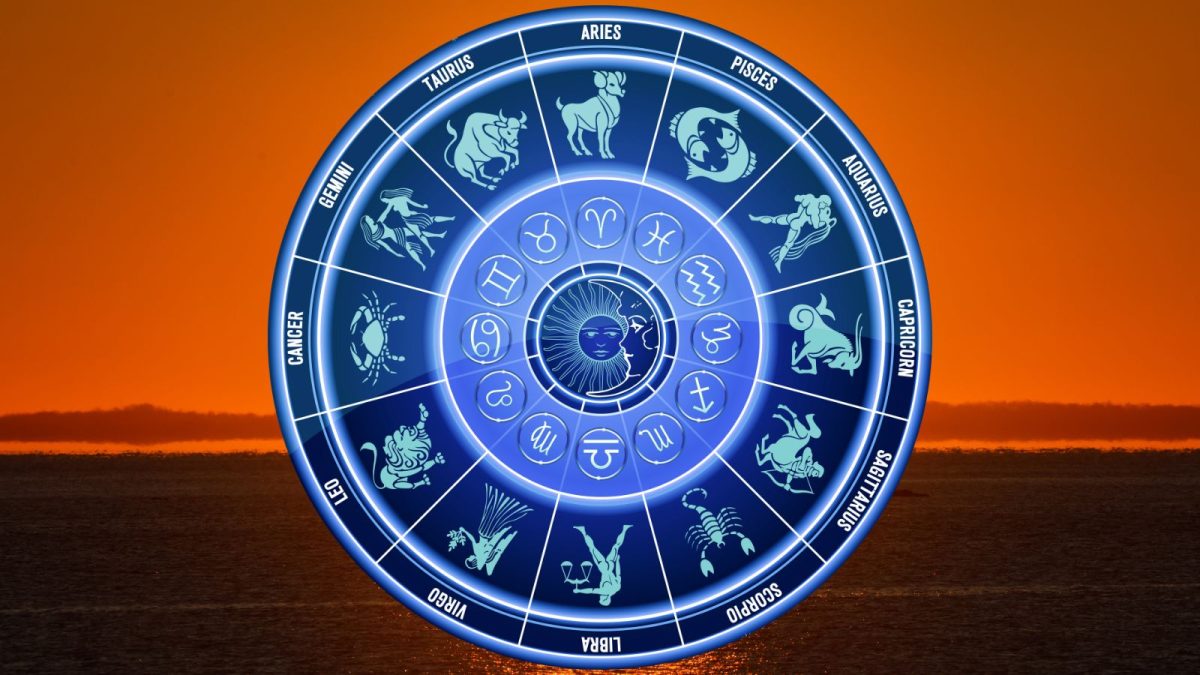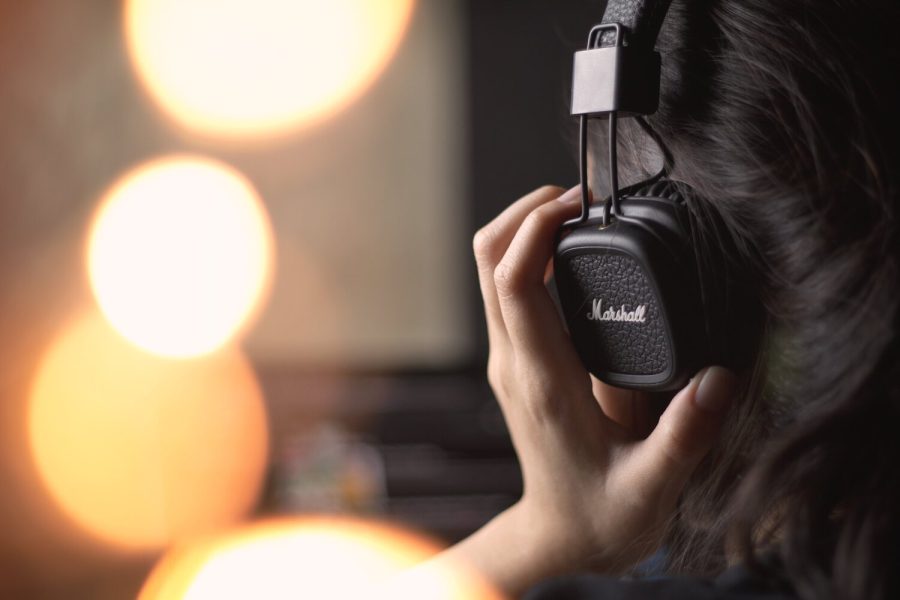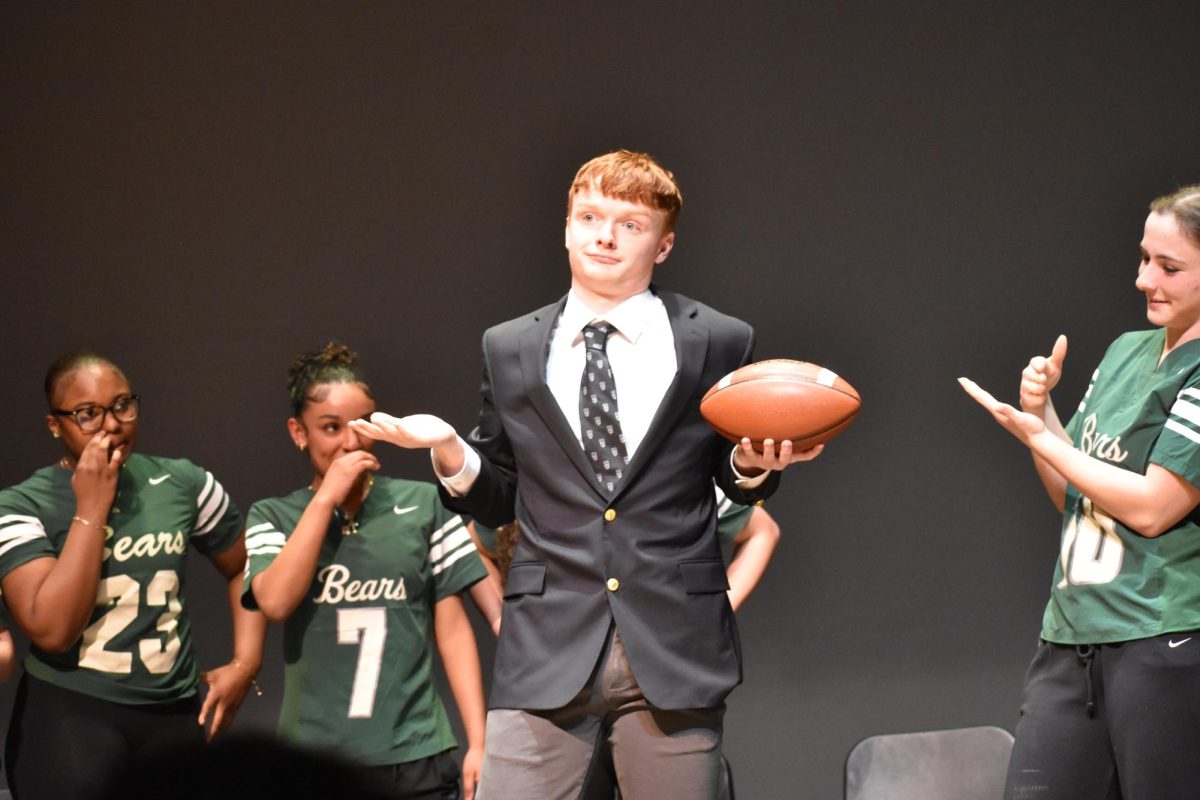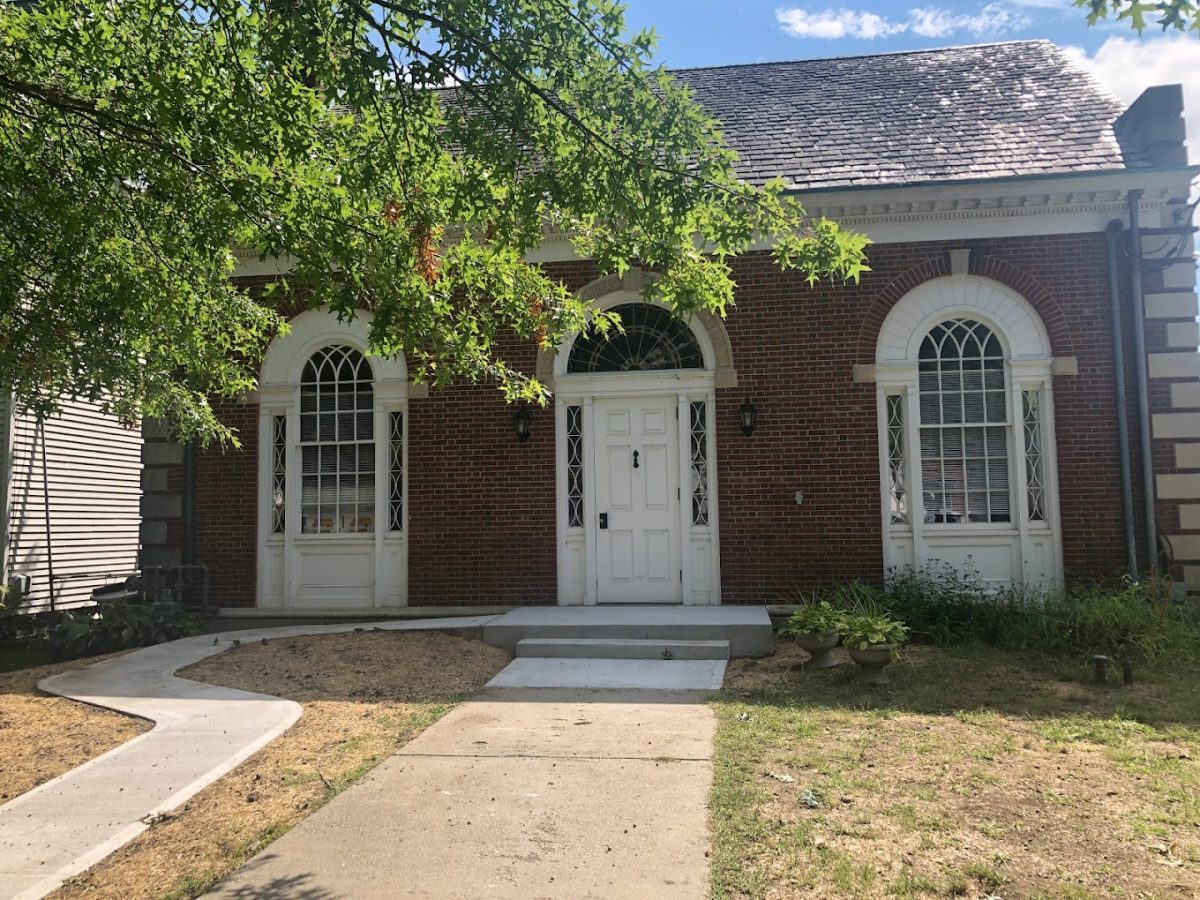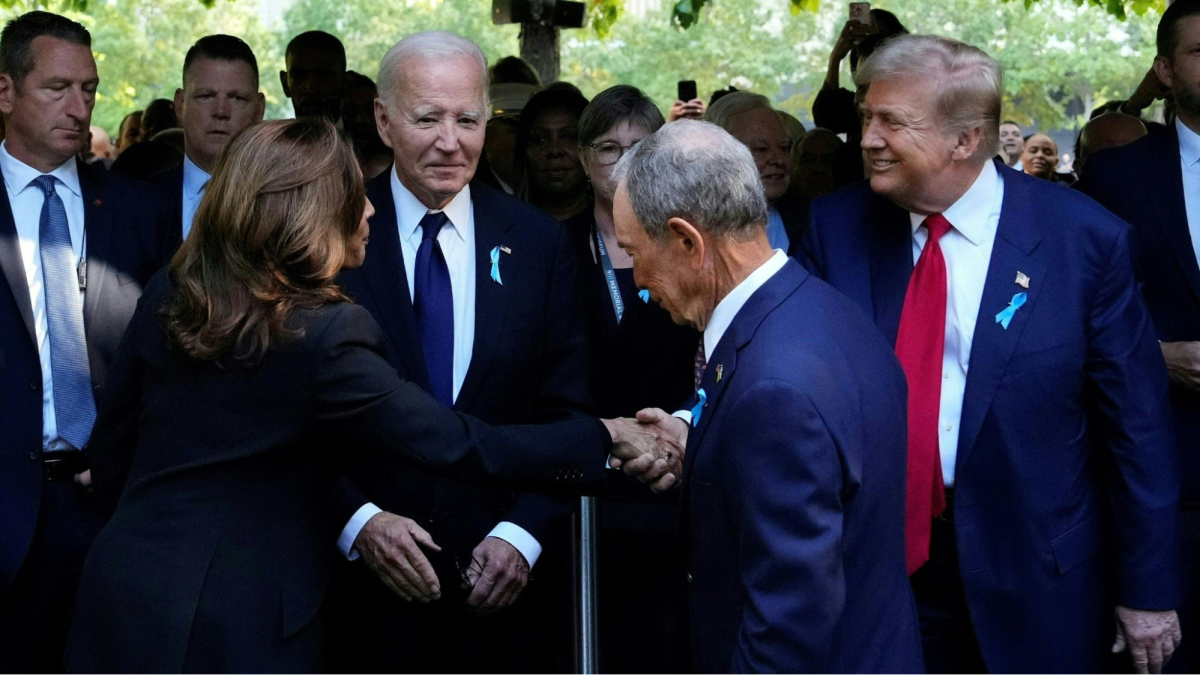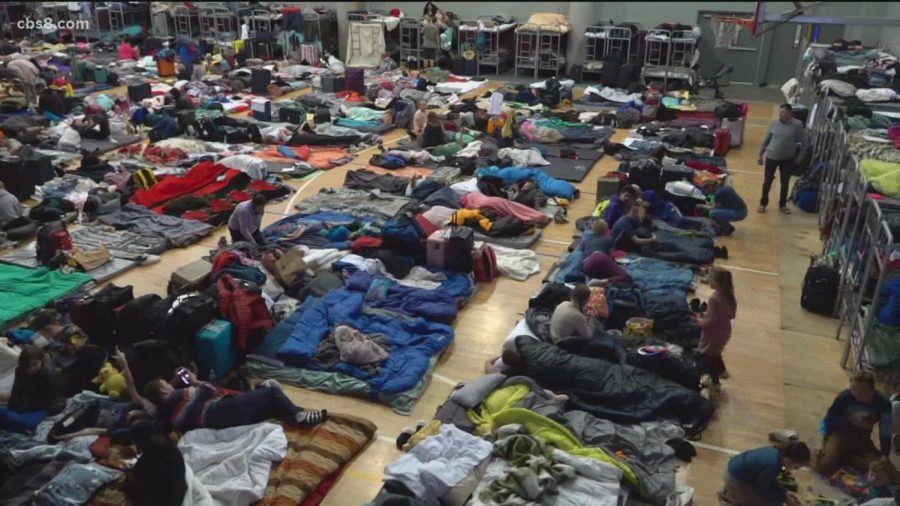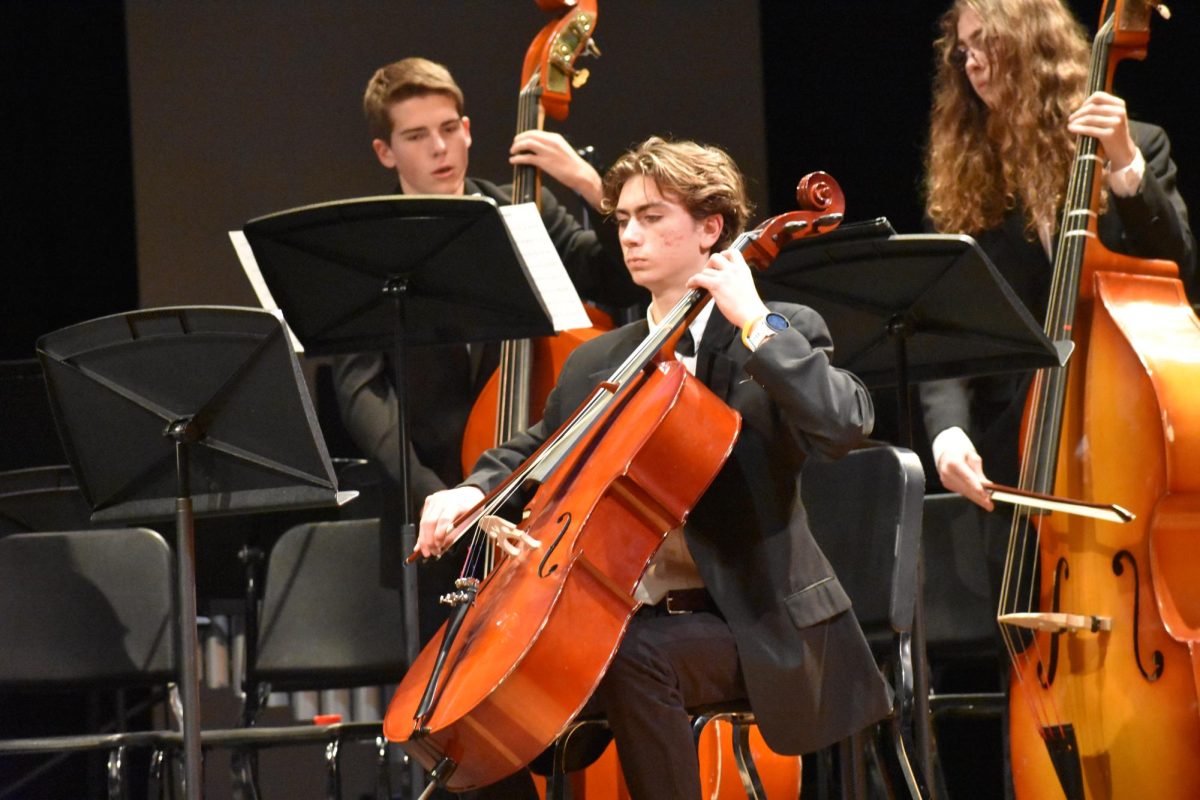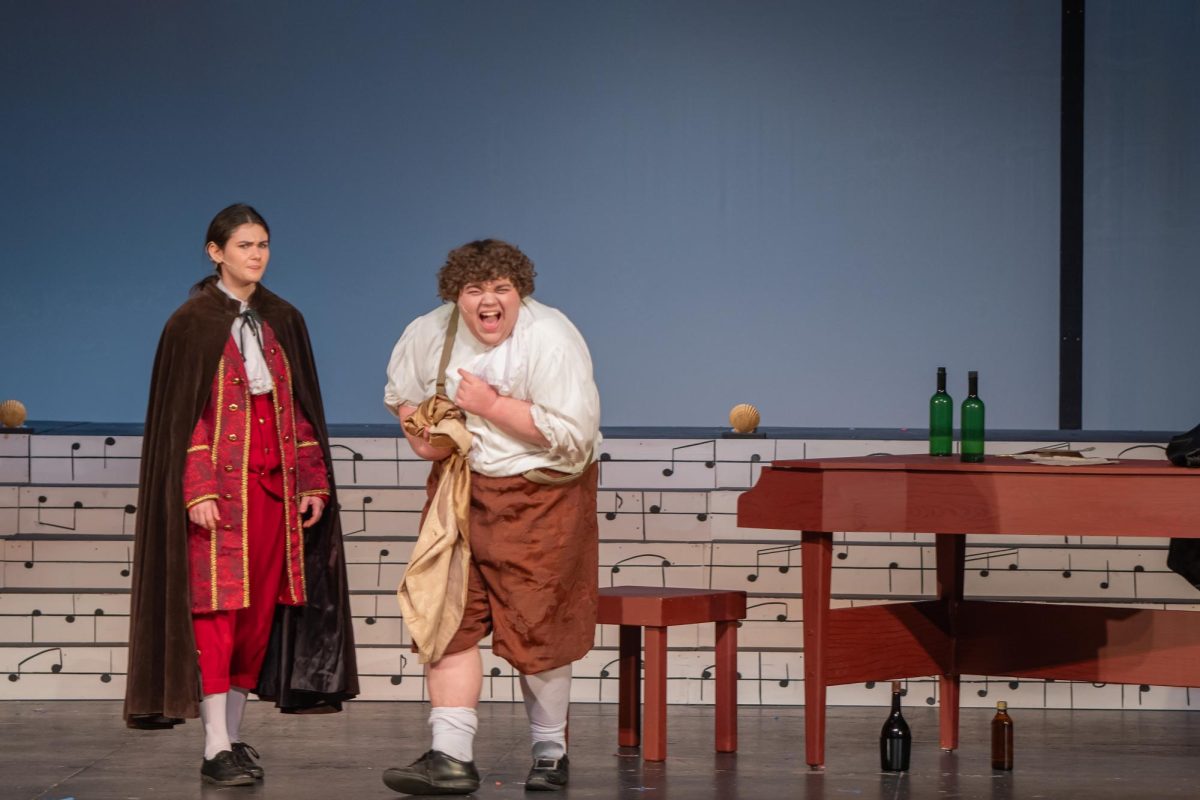This fall, Brewster High School’s Performing Arts Center did not disappoint, putting on yet another powerful performance, Amadeus. With expressive actors, captivating lighting, a beautiful set, and authentic costumes, this production transports the audience to 1800s Vienna, an era of music, composition, and fierce competition.
Originally premiered in 1979, Amadeus was created by Peter Shaffer. It opened on Broadway in 1980, and won five Tony Awards. Then, in 1984, it was adapted into a highly acclaimed film, winning eight Academy Awards including Best Picture. Brewster High School’s adaptation, directed by Alex Siriani and produced by Andrea Perdicho, captivated the audience from beginning to end, capturing the intensity of Shaffer’s work with rich character expressions and emotions.
Amadeus centers around the tension between two historical composers: Antonio Salieri and Wolfgang Amadeus Mozart. This rivalry explores themes of genius, obsession, and the burden of mediocrity. The play began with Salieri as an older man speaking to the audience, claiming to have murdered Mozart. He then takes us back on a journey of his younger days to explain how his jealousy-based relationship with Mozart began and ended. Salieri is portrayed as a man consumed with envy of Mozart’s brilliance, and dives deep into human emotions and existential questions about talent and the legacy he will (or will not) leave behind.
The actors and actresses in this production were expressive, dramatic, and brought these characters to life. Katherine Sullivan, who played Antonio Salieri, delivered an impressive performance filled with countless monologues and powerful scenes. She spoke passionately, conveying the depth of Salieri’s character and internal struggles. Her ability to capture his emotions, from beginning to end of the show, was like nothing I’ve seen before. Each line Sullivan delivered was spoken with heartfelt feeling. Salieri was a difficult role to step into, but Katherine Sullivan embodied the character.
Zachary Simmons, who performed the role of Wolfgang Amadeus Mozart, stood out as well for his energetic portrayal of the well known composer, bringing this character to life with a captivating blend of humor and seriousness. He had the audience chuckling on multiple occasions throughout the performances, but also performed many emotionally moving scenes as well with his female counterpart, Arianna Arocho.
Arocho took on the role of Constanze Weber. Constanze was played with grace and depth, showcasing her strength and vulnerability as she navigated her complex relationship with Mozart, adding another layer to the story.
Other notable cast members were Ariana Vernile Marks, who played Emperor Joseph II, Jimmy McCann, who played Count Johann Kilian Von Strack, Theo Torres, who played Count Franz Orsini-Rosenberg, and Keilee Mojica, who played Baron Gottfried Van Swieten. Each of these performers excelled in their respective roles, delivering impressive and memorable performances. And of course, the Venticelli, including Miguel Suarez, Christy Faith Fisher-Diotte, Lina Silva, and Amaya Vernile Marks, added a unique layer to the production with their lively commentary and dynamic presence, improving every scene they were in with dramatic exclamations.
One of the first things I noticed once the show began was the dynamic lighting. When switching between Salieri’s inner monologues and the story taking place, the lighting would shift from a singular spotlight to lights illuminating the entire stage. When a character would die (or attempt to) the lights would flash a dramatic red, but during other, more mellow moments, the lights would remain more subtle. Joe Beahm, lighting designer, Nicholas Mennella, light board operator, and Sean Condon, spot light operator, did a phenomenal job lighting up the stage.
The set, including a staircase with painted-on music notes, two large columns with vines wrapping around, a realistic piano made of wood, and more, transported the audience to Classical Austria in the 1800s. The Amadeus set was constructed by a build crew of many students, with Tony Kimble, head of set construction, and they made sure not to miss a single detail. Additional crew members handled the quick and efficient movements of parts of the set. Amadeus’s stage manager, Tessa Boissonnault, student director, Theo Torres, student technical director, Nicholas Mennella, and student producer, Sophia Negro, further helped bring the production to life.
Costumes were realistic and medieval, ranging from elaborate 1800s dresses to fancy suits, and the powdered wigs were a cherry on top. The students responsible, Morgan Vaughan, Mikaela Russano, Ray Reyna, Izzy Russo, and Tessa Boissonnault, made sure these costumes were visually stunning, and members of the audience – myself included, were very impressed! Many fitting props were incorporated into the play, including masquerade masks, food and drinks, papers, and more, thanks to the efforts of props masters Izzy Russo and Ray Reyna.
Another unique aspect of this production was the sound and music. While it was not a musical, music was a huge part of the show, with the main characters being composers. Some of the characters in the show lip-synched to opera music, while Mozart and Salieri “played” the piano, and the music played in perfect time to create this illusion. The sound board operators, Austin Simmons and April Oliasz, and the sound design crew, Joe Beahm, are to thank for this!
Overall, Brewster High School’s production of Amadeus was a showcase of talent and dedication, with a wonderful cast and crew that put together a beautiful performance. I look forward to the spring musical and hope to see many familiar faces returning to the stage!
All photos courtesy 4 Sons Photography


